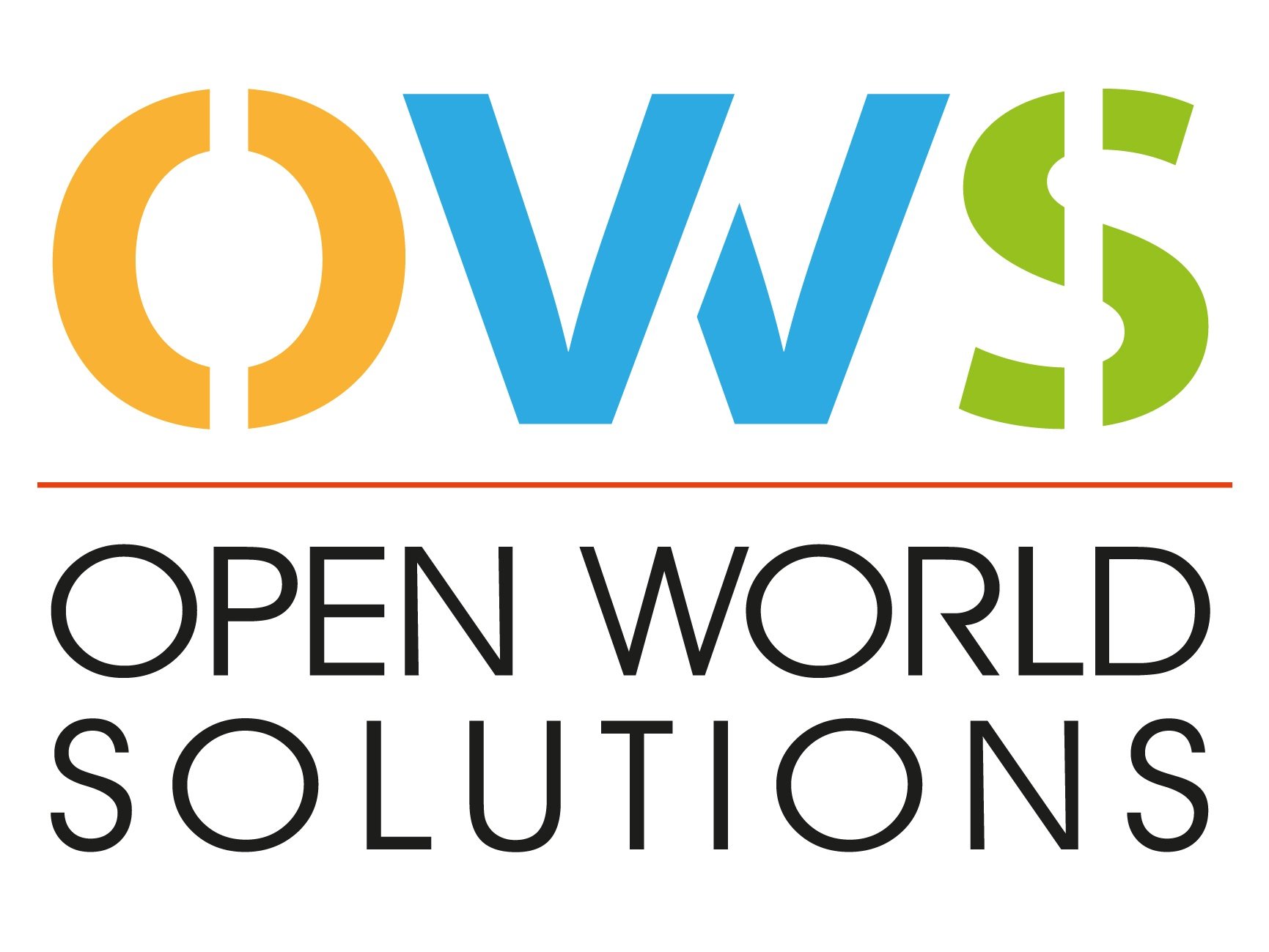Moving Beyond Student Mobility as the Primary Success Metric: Let’s Measure "Global Learning for All"
By Mark Lazar, Co-Founder and President, Open World Solutions
International education professionals have traditionally measured success by how many students are globally mobile for academic study. The allure of this metric is simple. It is relatively easy to define (academic study for credit for a period ranging from a few weeks to full degrees) and the data is readily available on campuses and from visa data collected by the US and other governments. Furthermore, for many HEIs the revenue generated from international students has been a crucial resource. Campus leaders understandably have an interest in a metrics methodology that to some great degree correlates directly with fiscal success at the institution.
However, Covid has changed everything for the field of international education. When global student mobility ground to a halt, international educators were forced to innovate and adapt, and most did so with amazing success. It has been wonderful to see all of the new and innovative global learning models, and the engagement with new and broader audiences. The move to online and hybrid models have provided an opportunity to move the needle…finally…on access to international education, which the field has been attempting to address for many years with limited success. International education has been struggling with its own “top 1%” issue of privilege for many, many years. Despite much good work on many fronts: by universities, nationally funded exchange programs and NGOs with diversity and outreach to non-traditional exchange demographics as part of their core mission, only about 1% of students globally are internationally mobile. Covid has presented an opportunity to disrupt entrenched disengagement, which far too often falls along socioeconomic and racial lines, and develop global learning opportunities for the 99%.
As the field rebuilds for the new reality, we now have the tools to truly globalize learning for all. To do this though, we will have to both adapt the tools and the measurements. What does internationalization look like in the post-Covid world? How do we measure it without falling back on traditional measurements of student mobility, which we know only scratch the surface. Particularly with the fiscal crunch on the higher education sector, it will be very tempting to count international student revenue and equate that to internationalization “success” on campus.
As the 2021 International Education Week approaches, I call on my colleagues to rethink access and success in light of the amazing innovations in the field. Student mobility will and should always be an important gauge for higher education institutions in their efforts to internationalize their campuses. But, I want to encourage us to move beyond these numbers to paint the whole picture of global learning and through these metrics, (re)value different types of international experience which are more accessible to and provide greater equity among students aspiring to become global citizens. How can we develop measurements that incorporate new models such as virtual exchanges, on-line seminars/workshops, transnational research collaborations, faculty teaching from anywhere to anywhere in the world, and applied learning through virtual internships. These are just a few of the global learning initiatives that are increasing access to the 99% who are not mobile and probably will not be in the future. We must make sure to evaluate these programs and incorporate them into our success metrics, so that we can paint the entire picture of global learning as it develops in bold and new directions in the post-pandemic world, to the advantage of all.
I do not have any easy answers to this question but feel like we must continue and build on this critical discussion. Only then will we be able to truly measure global learning and advocate for continued efforts and resources. I invite you to join Open World Solutions, on Tuesday November 16 at 3:00 pm EST, for a discussion on this topic. Registration is available here.
